The racer jacket, with its sleek design and rugged appeal, has become one of the most iconic pieces of outerwear in fashion. Originally designed for motorcyclists, its transition into a mainstream fashion staple is a testament to its timeless appeal and versatility. Over the years, the racer jacket has evolved from a utilitarian garment into a symbol of rebellion, speed, and modern style. In this article, we’ll trace the history and evolution of the racer jacket, from its origins to its place in today’s fashion world.
The Origins of the Racer Jacket
The story of the racer jacket begins in the early 20th century, when it was initially designed as protective gear for motorcyclists. The jacket was built to withstand the rough conditions of long motorcycle rides, offering comfort, durability, and safety for riders. Early racer jackets were often crafted from thick leather, with reinforced panels at key areas to protect riders from abrasions in case of a fall.
These jackets were designed with functionality in mind, often featuring a zipper closure, cuffs that could be tightened to keep wind out, and a slim, functional fit. They were typically in dark colors like brown or black to hide dirt and wear, and the style was relatively simple, focused more on utility than aesthetics.
The Racer Jacket in Post-War Culture
After World War II, the racer jacket began to gain traction outside of the motorcycle community, largely due to its association with rebellion and the emerging youth subcultures. In the 1950s, Hollywood icons like Marlon Brando and James Dean were often seen wearing leather jackets, including versions that closely resembled the racer style. This helped propel the jacket into mainstream fashion, where it became synonymous with the “bad boy” image.
Marlon Brando’s portrayal of Johnny Strabler in The Wild One (1953) is often credited with cementing the racer jacket’s place in pop culture. The film depicted a motorcycle gang led by Brando’s character, and his iconic leather jacket became a symbol of rebellion, independence, and nonconformity. Similarly, James Dean’s role in Rebel Without a Cause (1955) further fueled the association between the leather jacket and youthful defiance.
During this time, the racer jacket transitioned from being purely utilitarian to becoming a style statement. The slim, streamlined design appealed to the growing youth market, and it quickly became a staple for those embracing counterculture and seeking to distance themselves from conventional societal norms.
The Racer Jacket in the 1960s and 1970s: From Rebels to Rockstars
The 1960s and 1970s marked a period of further evolution for the racer jacket, as it became a symbol of rock ‘n’ roll culture. The jacket’s association with rebellion continued, but it also became a fixture in the wardrobes of music icons and cultural pioneers. Artists like The Rolling Stones, The Beatles, and David Bowie adopted the leather jacket as part of their signature style, transforming it into a symbol of creative freedom and youthful energy.
During this time, the design of the racer jacket began to be adapted to fit different aesthetics. While traditional leather remained popular, other materials such as suede, nylon, and even vinyl were introduced to give the jacket a more modern, edgy feel. The addition of embellishments like zippers, studs, and embroidery also became more common, as fashion began to blend style with attitude.
The 1980s and 1990s: Mainstream Popularity and High Fashion Influence
By the 1980s and 1990s, the racer jacket had firmly established itself as a staple in both street style and high fashion. The jacket’s evolution into a versatile, everyday garment was largely due to its appearance in various music genres, from punk to glam rock, to hip-hop. Punk bands like the Sex Pistols and The Clash embraced the racer jacket as part of their anti-establishment image, often with DIY alterations like patches and slogans to personalize the look.
In the 1990s, the racer jacket’s influence continued to grow, making appearances in high fashion collections and being worn by celebrities and models alike. Designers like Jean-Paul Gaultier and Vivienne Westwood introduced their own takes on the classic leather jacket, mixing the rebellious aesthetic with more polished, couture elements. The jacket began to be seen not only as a symbol of defiance but also as an essential, versatile piece for a more fashion-conscious crowd.
The Racer Jacket Today: A Modern Classic
In the 2000s and 2010s, the racer jacket continued to thrive, constantly being reinterpreted by contemporary designers while maintaining its core identity. Its sleek, minimalist design remains a favorite for both men and women, while the wide variety of available materials—from traditional leather to modern technical fabrics—ensures that the jacket continues to evolve with the times.
Today, the racer jacket has transcended its rebellious roots and is embraced by a wide range of fashion-forward individuals. It’s seen on the runways of designers like Balenciaga, Saint Laurent, and Off-White, where it is often paired with everything from tailored suits to casual streetwear. The jacket’s versatile nature allows it to be dressed up or down, making it an enduring piece that complements a wide variety of personal styles.
Celebrities, from actors to musicians, continue to sport the jacket, keeping its cool, timeless reputation intact. Additionally, the rise of vintage and secondhand clothing markets has brought a resurgence in interest in classic racer jackets from past decades, with enthusiasts hunting for rare, authentic pieces that offer a unique, nostalgic touch.
Conclusion
The racer jacket has come a long way from its humble beginnings as protective gear for motorcyclists. Over the decades, it has evolved from a symbol of rebellion to a universally recognized fashion statement, embraced by youth cultures, rock stars, and high-fashion designers alike. Its sleek lines, bold appeal, and versatility have allowed the racer jacket to endure as a staple in wardrobes around the world. Whether you’re wearing a classic leather version or a contemporary update, the racer jacket remains an iconic piece of fashion history, proving that style, like the open road, is ever-evolving and never out of reach.
-
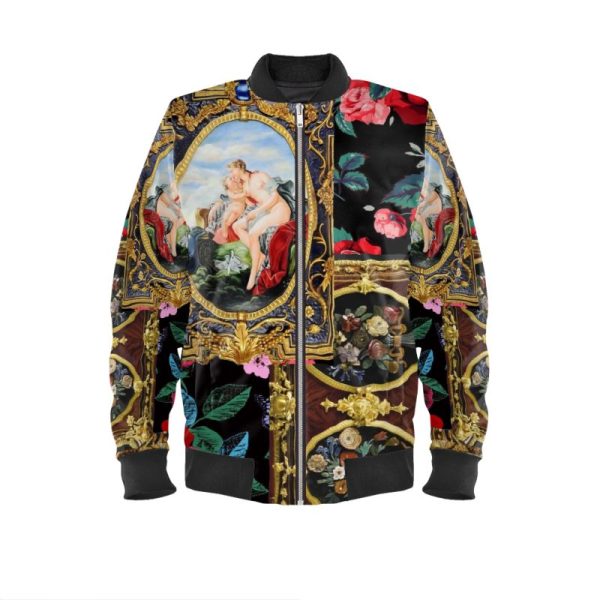 Satin Designer Bomber Jacket$448
Satin Designer Bomber Jacket$448 -
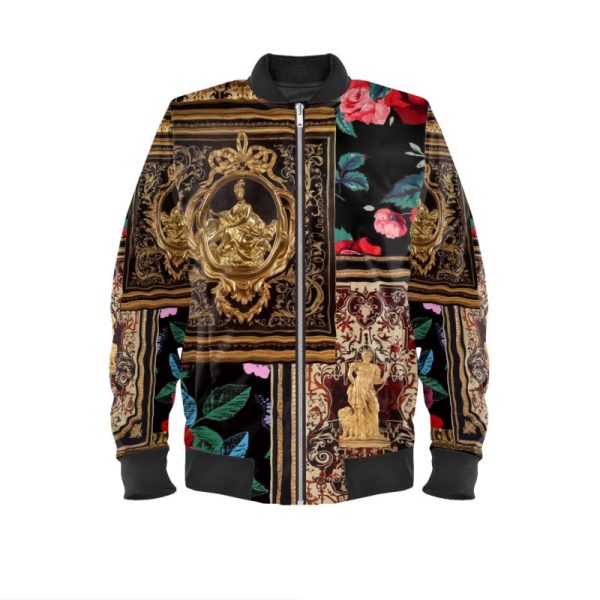 Satin Designer Bomber Jacket$448
Satin Designer Bomber Jacket$448 -
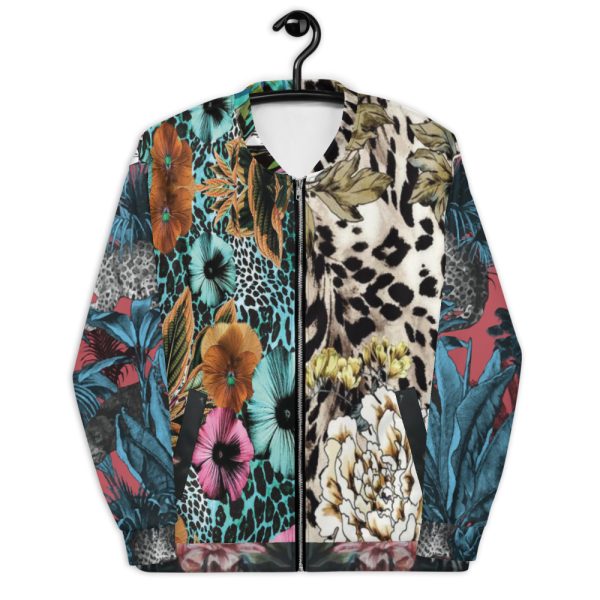 Bomber Jacket | Designer Luxury For Women & Men | Navy Blue Floral Red Turquoise$158
Bomber Jacket | Designer Luxury For Women & Men | Navy Blue Floral Red Turquoise$158 -
 Bomber Jacket | Designer Luxury For Women & Men | White Gold$158
Bomber Jacket | Designer Luxury For Women & Men | White Gold$158 -
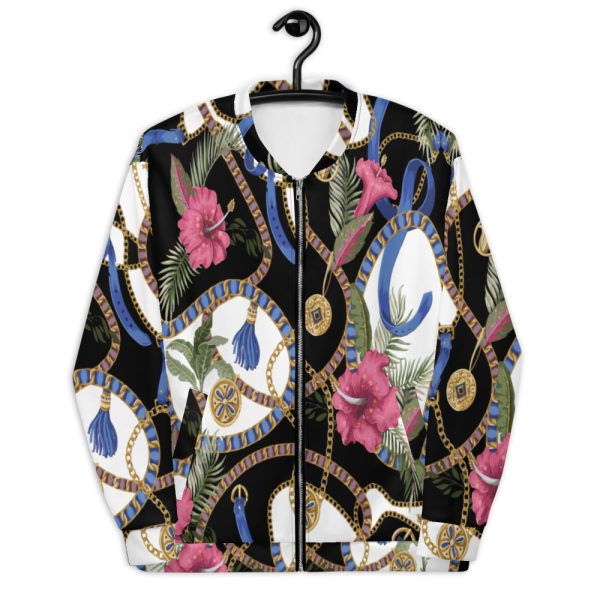 Bomber Jacket | Designer Luxury For Women & Men | Floral White Black$158
Bomber Jacket | Designer Luxury For Women & Men | Floral White Black$158 -
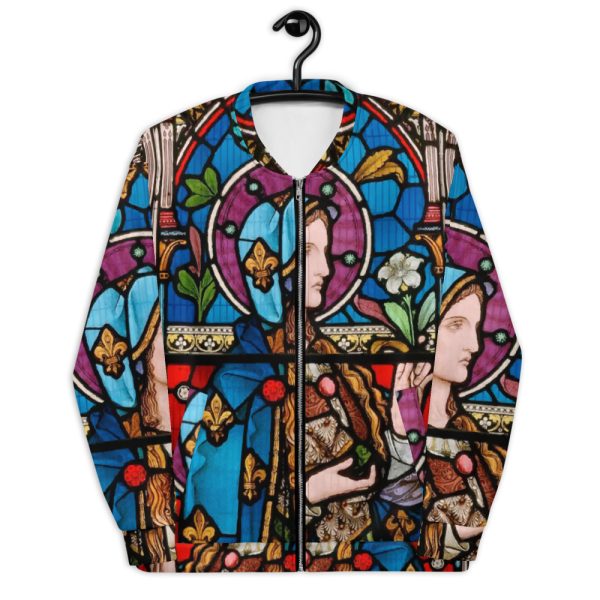 Bomber Jacket | Designer Luxury For Women & Men | Blue Purple Gold$158
Bomber Jacket | Designer Luxury For Women & Men | Blue Purple Gold$158 -
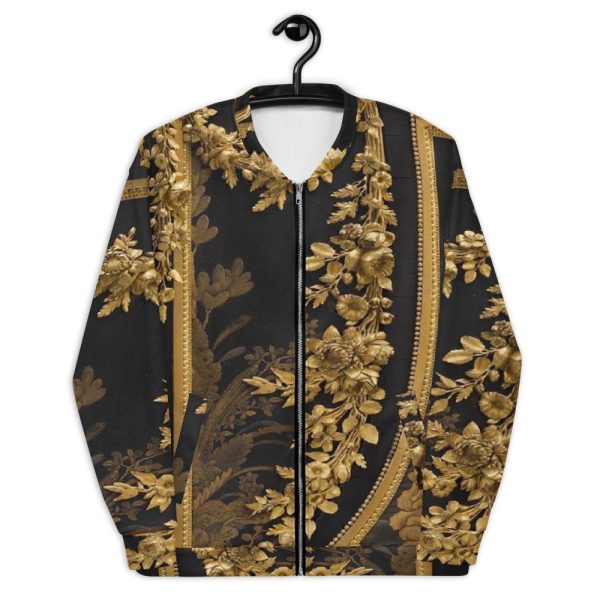 Bomber Jacket | Designer Luxury For Men & Women | Black Gold Baroque$158
Bomber Jacket | Designer Luxury For Men & Women | Black Gold Baroque$158 -
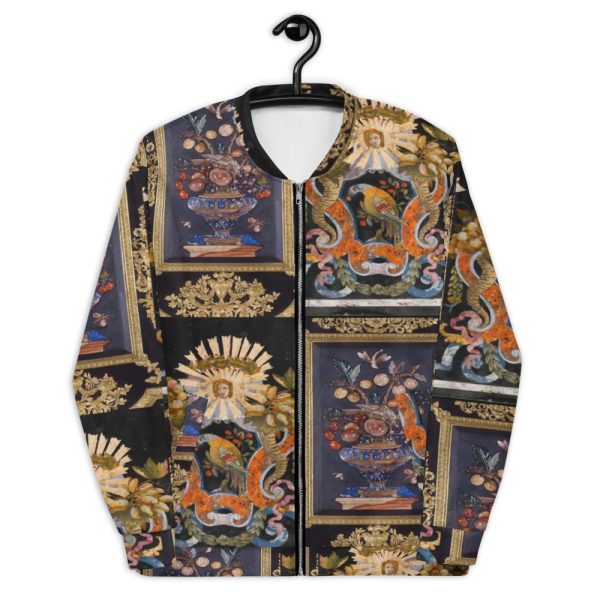 Bomber Jacket | Designer Luxury For Women & Men | Black Gold$158
Bomber Jacket | Designer Luxury For Women & Men | Black Gold$158 -
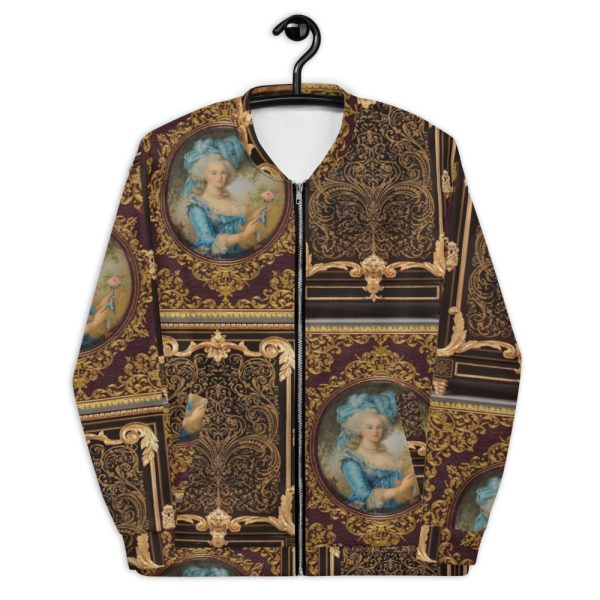 Bomber Jacket | Designer Luxury For Women & Men | Gold$158
Bomber Jacket | Designer Luxury For Women & Men | Gold$158